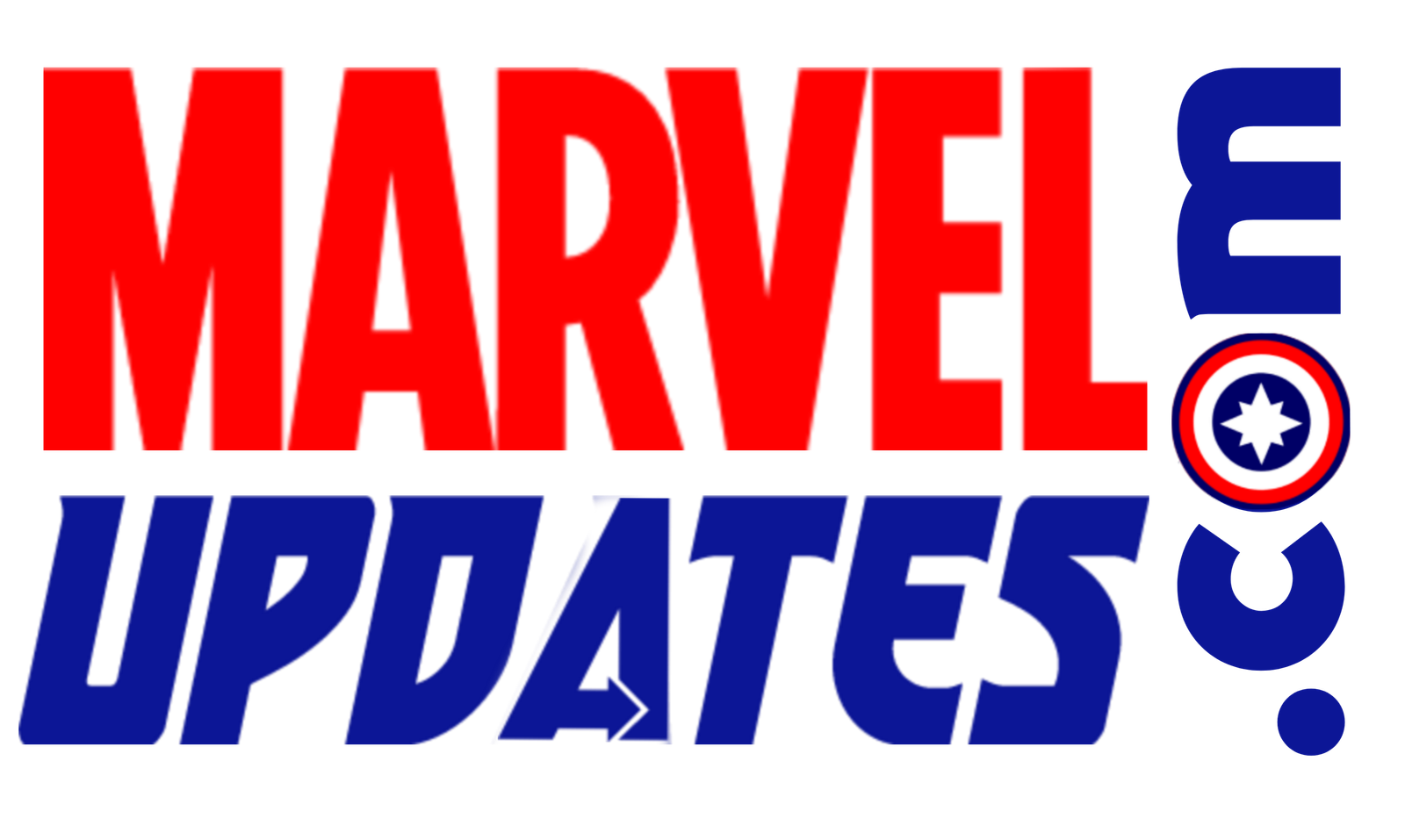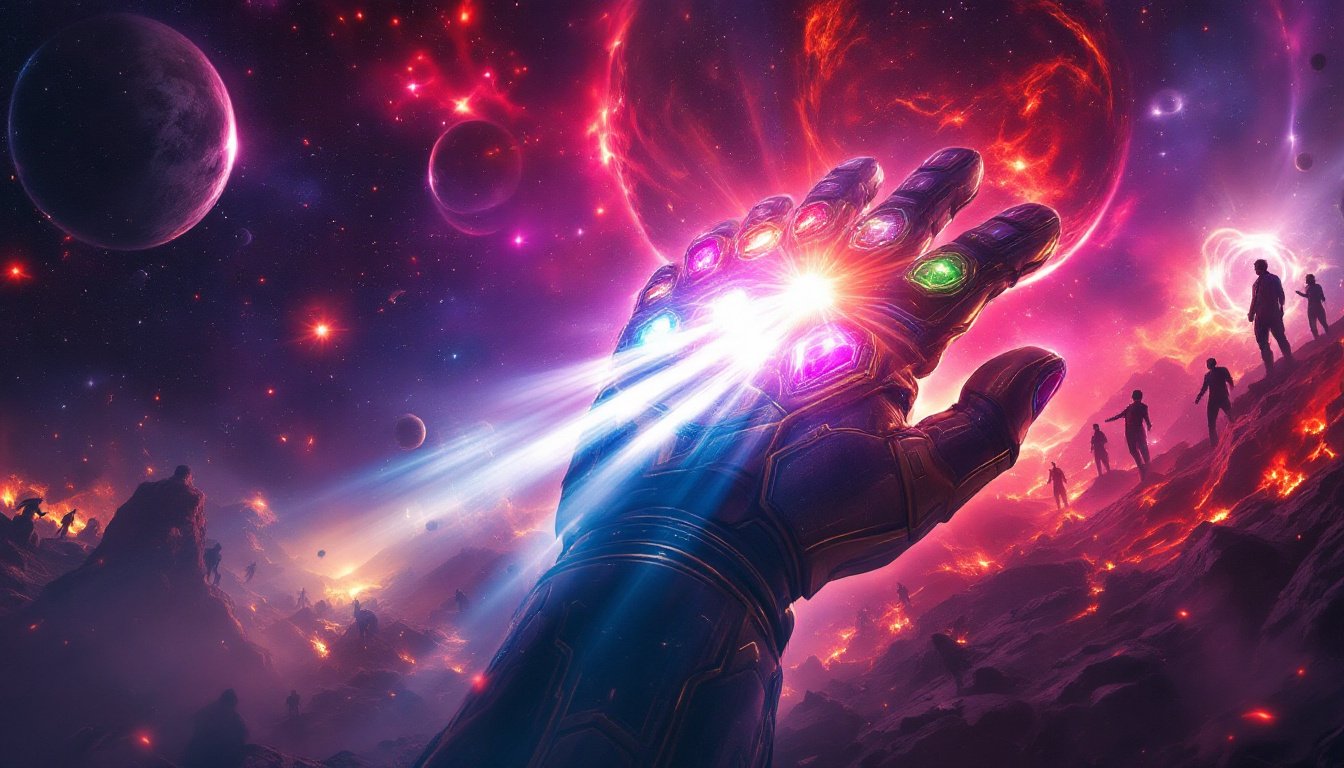What “doomsday role” means in the story, why Thanos is the core threat, and how the film sets up Endgame.
- What Is the “Doomsday Role” in Infinity War?
- Thanos as the Primary Doomsday Force
- The Avengers’ Counter-Role: Delay the Clock
- Key Doomsday Moments
- Doctor Strange and the One Path
- How the Doomsday Role Sets Up Endgame
- Fan Theories That Fit the Framing
- What It Means for the MCU Timeline
- How to Rewatch With This Lens
- FAQ
Infinity War turns the MCU into a countdown story. Each Stone speeds up the clock. The heroes try to slow it. Thanos pushes it forward. This guide explains the doomsday idea, the key scenes, and how it shapes Endgame.
What Is the “Doomsday Role” in Infinity War?
It is the force that drives the end. In this film, it is not a single explosion or timer. It is a plan powered by the Stones. The risk grows step by step until the snap.
- Escalation: each Stone removes a defense.
- Inevitability: time control erases small wins.
- Cost: sacrifice proves the plan is a choice, not chance.
Thanos as the Primary Doomsday Force
Thanos believes reduction is mercy. The Gauntlet lets him turn belief into action. The Stones change rules, not just strength.
- Power: sets brutal stakes from the start.
- Space: distance is no longer a shield.
- Reality: truth bends mid-scene.
- Soul: the plan demands a personal price.
- Time: failures can be undone at will.
- Mind: the last key that completes the system.

The Avengers’ Counter-Role: Delay the Clock
The team cannot beat the Stones head-on. So they buy time, split fights, and shield the Mind Stone. Every choice trades one risk for another.
- Wakanda: defend Vision at all costs.
- Titan: remove the Gauntlet with a team plan.
- Nidavellir: forge a counter weapon.
Key Doomsday Moments
Gamora and the Soul Stone
The sacrifice shows the plan has heart-breaking costs. It frames the snap as a willing act, not a glitch.
Titan Plan Breakdown
The heroes almost win. Time tips the board. The near-win proves skill is not enough against rule-changing power.
Wanda’s Sacrifice and the Reversal
Wanda makes the hard call. Time reversal erases it. The lesson is clear: without control of time, victory slips away.

Doctor Strange and the One Path
Strange sees millions of outcomes and backs one. His choice reframes the loss as a step in a longer plan. The doomsday force becomes part of a designed path to a single win.

How the Doomsday Role Sets Up Endgame
- Motivation: loss reshapes every surviving hero.
- Method: time heist becomes the only counter to time control.
- Tone: the MCU embraces higher moral stakes and cosmic scale.
Fan Theories That Fit the Framing
- Strange as a quiet architect of the winning path.
- Wanda as a future reality-scale force.
- Gamora’s sacrifice as the moral hinge of Thanos’s arc.
What It Means for the MCU Timeline
Infinity War resets power levels and story scope. It opens the door to multiverse arcs, cosmic conflicts, and harder choices. The doomsday idea becomes a pattern the MCU revisits in later phases.
How to Rewatch With This Lens
- Track each Stone’s rule and how it flips a scene.
- List every delay tactic the heroes try.
- Watch Strange before and after he commits to one path.
- Compare Titan and Wakanda for parallel stakes and tactics.
FAQ
Is Thanos the only doomsday force?
He is the core driver here. But the Stones act as a system that multiplies risk. The doomsday role comes from the plan plus the tools.
Why didn’t the heroes win on Titan?
The Time Stone gave Thanos a reset. Without control of time, near-wins collapse.
How does this set up Endgame?
It justifies the time heist and unites the team around a narrow, Strange-guided path to a single victory.
Final takeaway: Infinity War frames doomsday as a moving target powered by the Stones. The Avengers fight to slow it, fail, then learn the one path to break it in Endgame.
To contact us click Here .
Discover more from Marvel Updates
Subscribe to get the latest posts sent to your email.

